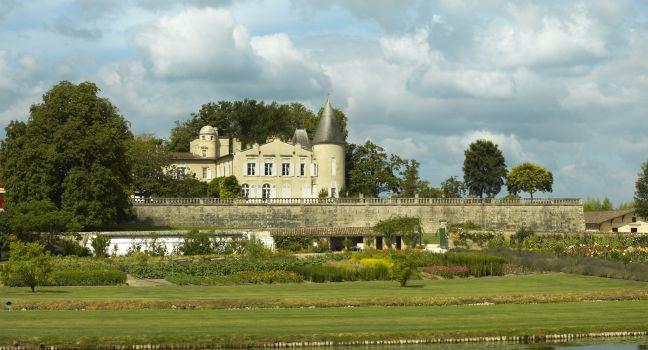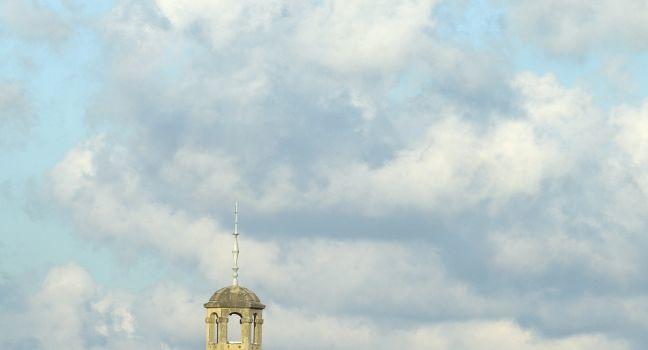Bassins des Lumieres
Built during World War II as a German U-boat base, this eerie series of underground, water-filled artificial caverns has been re-created as an astounding, echoing event and exhibition space for conceptual art. More than 100 computer-controlled projectors splash huge images inspired by the work of artists as diverse as Gustav Klimt, Ego Schiele, Salvador Dalí, and Antoni Gaudí onto the interior surfaces of the four chambers, reflected in the deep, still water that half fills them. The music of contemporary and classical composers accompanies the ever-shifting images, creating an immersive, overwhelming sensory experience. Dress warmly; it can get chilly in there.







